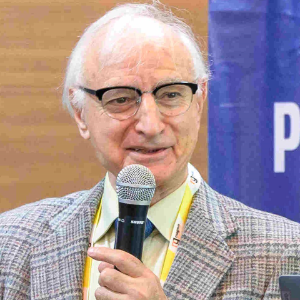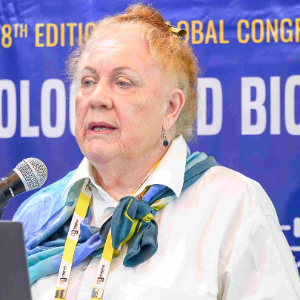RDT in plant
Recombinant DNA technology8 (RDT) in plants has transformed agricultural science by allowing the integration of specific traits that enhance plant resilience, yield, and nutritional profile. RDT uses gene insertion, typically through methods like Agrobacterium tumefaciens-mediated transfer or biolistic particle delivery (gene gun), to introduce new genes that confer traits like drought resistance, pest resistance, or higher nutrient content. For example, genetically engineered Bt crops express bacterial proteins that protect against insect pests, reducing pesticide reliance and environmental impact. RDT in plants is instrumental in tackling global agricultural challenges, including food security, climate change adaptation, and nutritional enhancement. By fostering the development of biofortified and resilient crops, RDT supports sustainable agricultural practices, benefiting farmers with more robust crop options and contributing to global food systems that can withstand various environmental and economic pressures.

Mohammad Babadoost
University of Illinois, United States
Mary Cole
The University of Melbourne, Australia
Valasia Iakovoglou
UNESCO chair Con-E-Ect, International Hellenic University, Greece
Satya S S Narina
Virginia State University, United States
Sara Hailemariam
Purdue University, United States
Midhat Mahboob
Lincoln University, New Zealand


Title : Exploring the genetic diversity in tannin-rich forages to explain the large intra species variability in tannin content
Selina Sterup Moore, Aarhus University, Denmark
Title : Isolation and functional properties of biomolecules of plants and its application
Balagopalan Unni, GEMS Arts & Science College (Autonomous), India
Title : Primed for the future: PGPR and the promise of sustainable, heritable crop resilience
Prashant Singh, Banaras Hindu University (BHU), India
Title : Revealing allelic variations in candidate genes associated with grain yield under salinity stress between two contrasting rice genotypes
Nisha Sulari Kottearachchi, Wayamba University of Sri Lanka, Sri Lanka
Title : Adaptive strategies of Aristida L. species across ecological zones of Pakistan: Linking soil characteristics with morphological and physiological traits
Iram Ijaz, University of Agriculture Faisalabad Pakistan, Pakistan
Title : Ethnobotanical survey and abundance of weeds in selected Manihot esculenta (cassava) Crantz farms in Osun state, Nigeria
Dada Caleb Mayokun, University of Ibadan, Nigeria